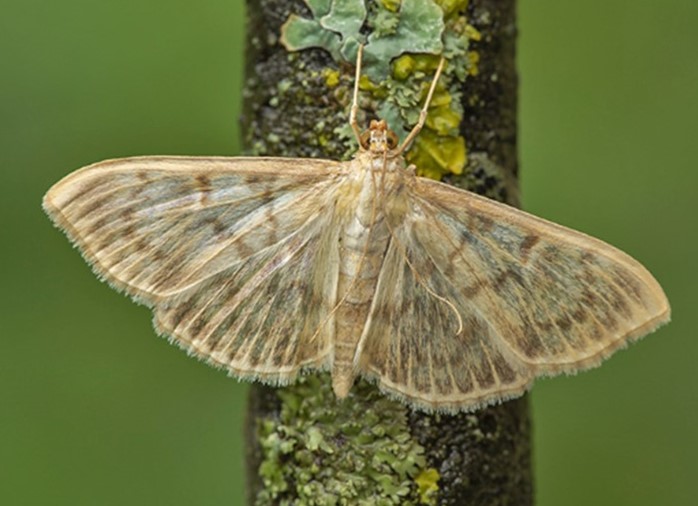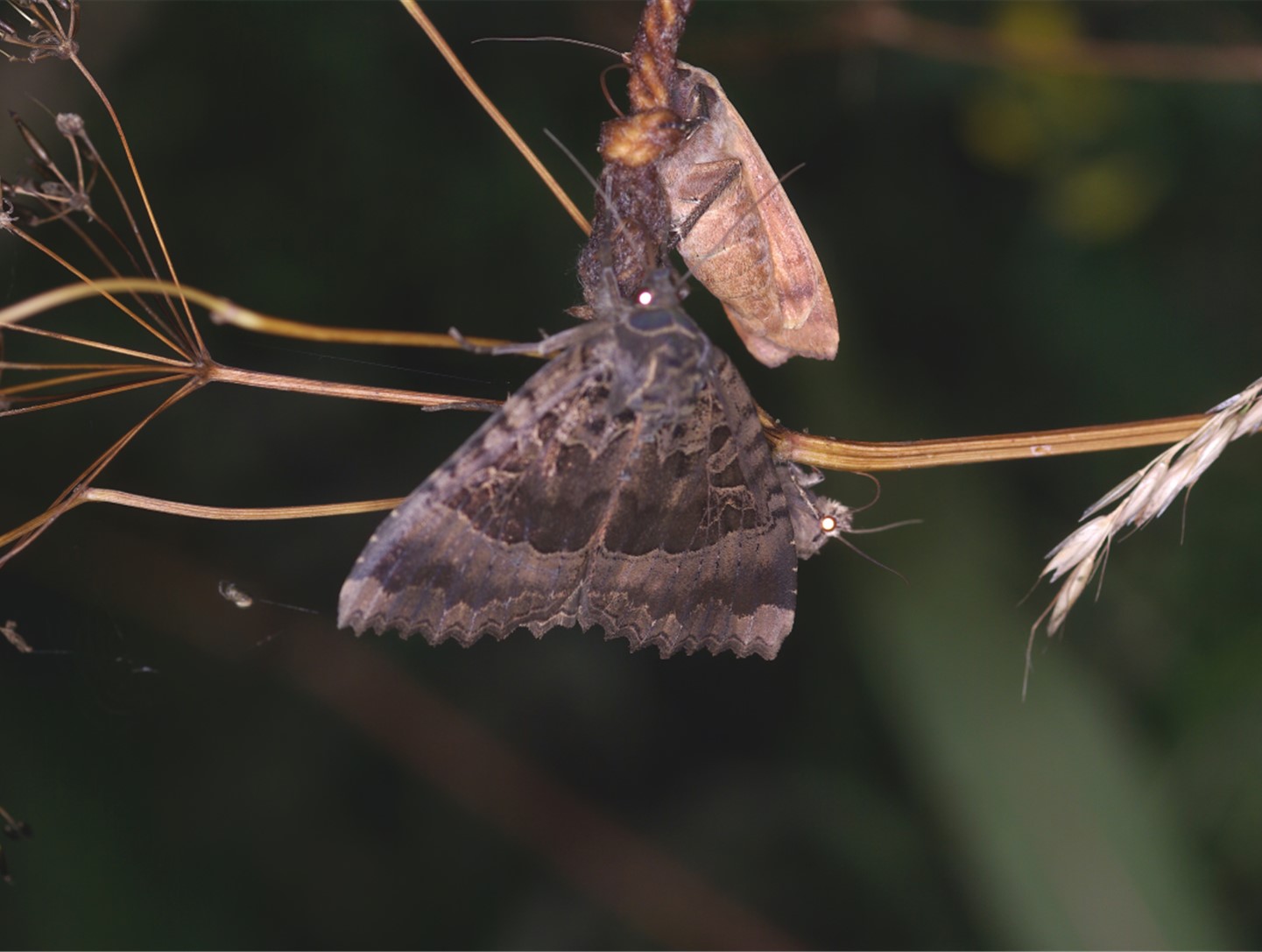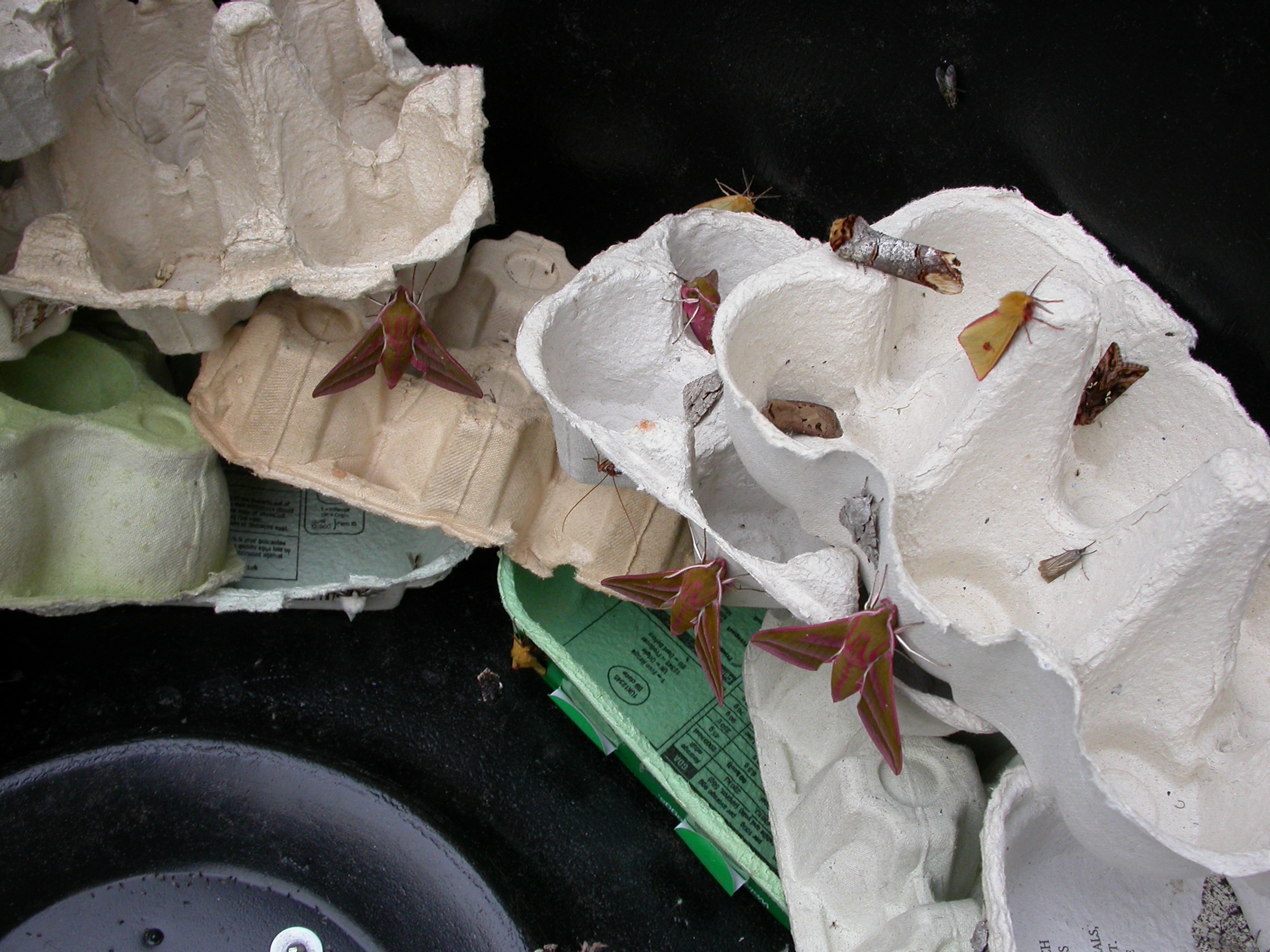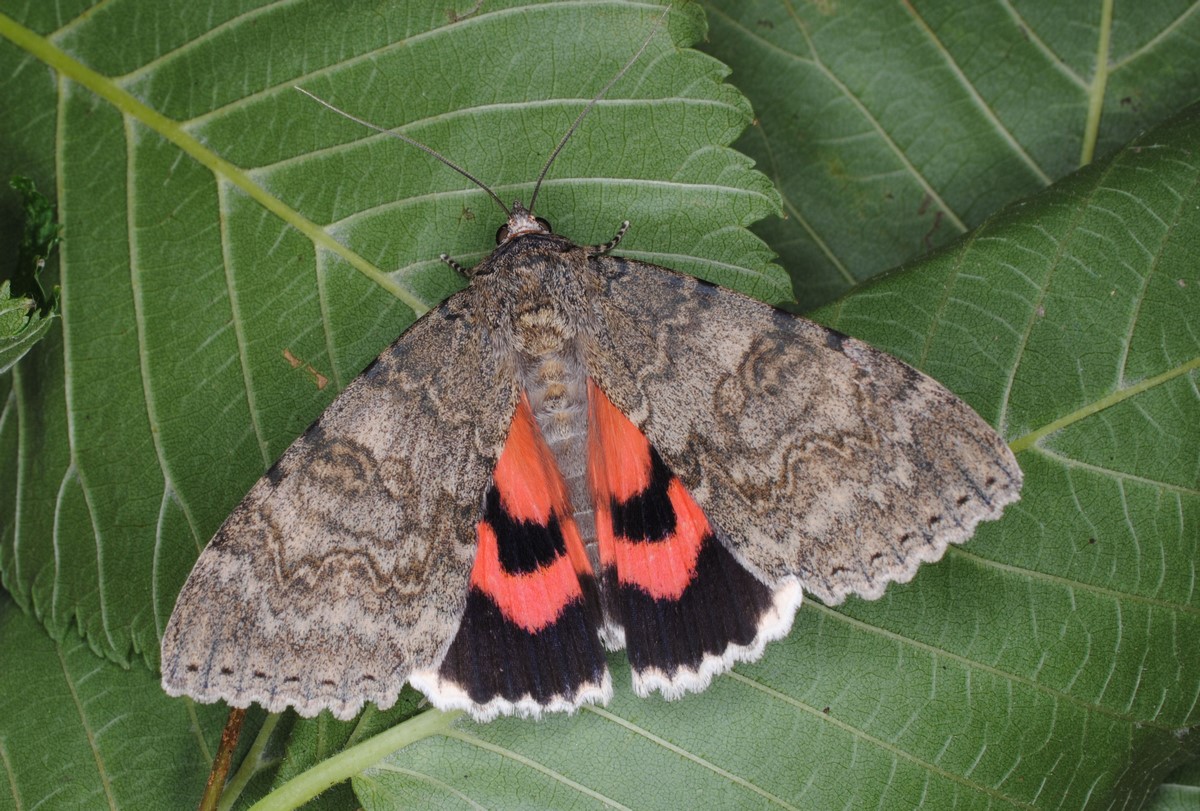
Mother of Pearl © Les Evans-Hill
Moths are a fascinating yet often overlooked group of insects, and as a result some of the UK’s most important species remain poorly understood. Moths are an important part of the UK’s biodiversity as they pollinate plants and provide food for birds, bats and other wildlife. However since the late 1960s total moth numbers have declined by around a third and in the twentieth century over 60 species of moth became extinct. It is important to understand the distribution and habitat requirements of moths so that they can be conserved, and events such as Moth Night have an important role to play in this understanding.
Over the three evenings of Moth Night we would like as many people as possible to attract moths to their garden, local park or favourite spot in the countryside and to submit details of their findings.
moth night 2021
If you are an experienced moth recorder, you might want to jump directly to our submission guidelines. If not, read on!
Public Events
Historically Moth Night has included public events from across the British Isles. We would like to encourage participation from as many nature reserves, country parks and wild places as possible. Events are an excellent way to raise awareness of moths and inspire interest by introducing the public to the hidden world of these insects. In the past public events have included evening events to see what is attracted to moth-traps, daytime walks to look for day-flying species, morning events to inspect the night’s moth-trap catch, sometimes combined with other activities such as talks, barbecues, bat detecting, etc. To find a Public Event near you click here
If you are running a public event you can submit the details here and we can promote it on the website. We will only promote public events if it is safe to do so. We are monitoring the ongoing coronavirus situation very carefully and we very much hope that public events will form part of Moth Night in 2022.
Event Organisers should ensure that they have the relevant permissions to run traps from landowners/managers.
How to attract moths
Many people are put off finding and observing moths as many of them are only active at night, but trapping is not difficult, does not harm the moths and is very rewarding. Furthermore, any records of moths make a valuable contribution to the national dataset and add to our understanding of these amazing creatures.
Whilst custom-built moth-traps offer the easiest method of recording moths, you do not need to own specialist equipment to take part. Using several of the techniques listed below will help diversify your species list.
Sugaring
You will need:
- 454g Tin of Black Treacle
- 1kg Brown Sugar, (the darker the better)
- 500ml Brown Ale (for the moths not you!)
- Paint brush
Slowly heat the ale in a large pan (DO NOT BOIL) and simmer for five minutes. Stir in and dissolve the sugar, followed by the treacle and then simmer for two minutes. Allow to cool before decanting into a container. A drop of rum stirred in just before use is recommended but not essential. Paint the mixture at eye level onto 10 – 20 tree trunks or fence posts just before dusk, being careful not to paint over mosses and lichens, and check for moths by torch-light for the first two hours of darkness. You should make sure you have the owners permission for this activity.
Feel free to use your own recipe if desired.
Wine ropes
You will need:
- Bottle of cheap red wine (definitely not for you!)
- 1kg sugar
- 1m lengths of thick cord, light rope made from absorbent material. Strips of fabric or muslin can also be used.
Heat the wine (DO NOT BOIL) and stir in and dissolve the sugar. Allow to cool and soak the lengths of rope. Drape the “wine ropes” over low branches, bushes or fences just before dusk and check for moths by torch-light for the first two hours of darkness.

Old Lady (and friends) at wine rope. © Paul Hill
Light
It is well known that moths are attracted to lights at night. Specialist moth-traps may be purchased from entomological equipment suppliers, such as those listed in the links section of this site. These use particular types of light to attract moths into a container filled with egg-boxes in which they can rest, unharmed, until the time of release. To find out how to build your own trap visit Atropos. You can still record a variety of species at light without a moth-trap by leaving outside and porch lights on after dark. Check lighted windows and lit walls and fences for moths during first two hours of darkness and again in the morning. You can make lit surfaces more attractive by draping a white sheet over them.

Moths on egg boxes © George Tordoff
Moth trapping tips
- The highest catches are on mild, cloudy, still nights with no moon. Fewer moths fly when there is a full moon. Steady drizzle will often improve catches, but heavy rain and strong wind is best avoided.
- Check your catch as early as possible in the morning before the sun start to shine and before birds become attracted to any moths that have landed outside the trap.
- If you trap in the same place on consecutive nights, release the moths away from the line of sight of the trap so that the majority aren’t re-caught immediately. Although moth trapping doesn’t directly harm moths, they are unable to get on with the important tasks of feeding and reproduction while confined.
- Avoid touching the moths when you inspect them, as you may harm them. To put them in a container gently lift the moth from underneath using a pencil, or rough cardboard tray, as they will grip onto rough surfaces.
- Release moths at dusk, or keep them on egg trays in a part open container in a sheltered place out of the reach of birds etc. from which they can fly out by themselves at night. If you need to release the moths during daylight, place them among vegetation where they can hide away from birds or other predators. If you do this regularly it is a good idea to vary the release location so that birds do not learn the location of “fast food”!
However you decide to participate, and no matter which or how many species you find, we need to hear about it!
Submitting your records from Moth Night makes a valuable contribution to the national dataset, which adds to our understanding of moths and their distribution. An online submission form will be available after 8th July, and records can also be submitted using MapMate.
To learn more about the data that we need you to collect, click here for our data submission guidelines.
By participating in Moth Night you can also be in with a chance to win one of several prizes. Prizes for Moth Night 2021 have been kindly supplied by Watkins and Doncaster, Atropos, Richard Lewington, Opticron, Celestron and Bloomsbury Publishing.

Red Underwing © Barry Dickerson

